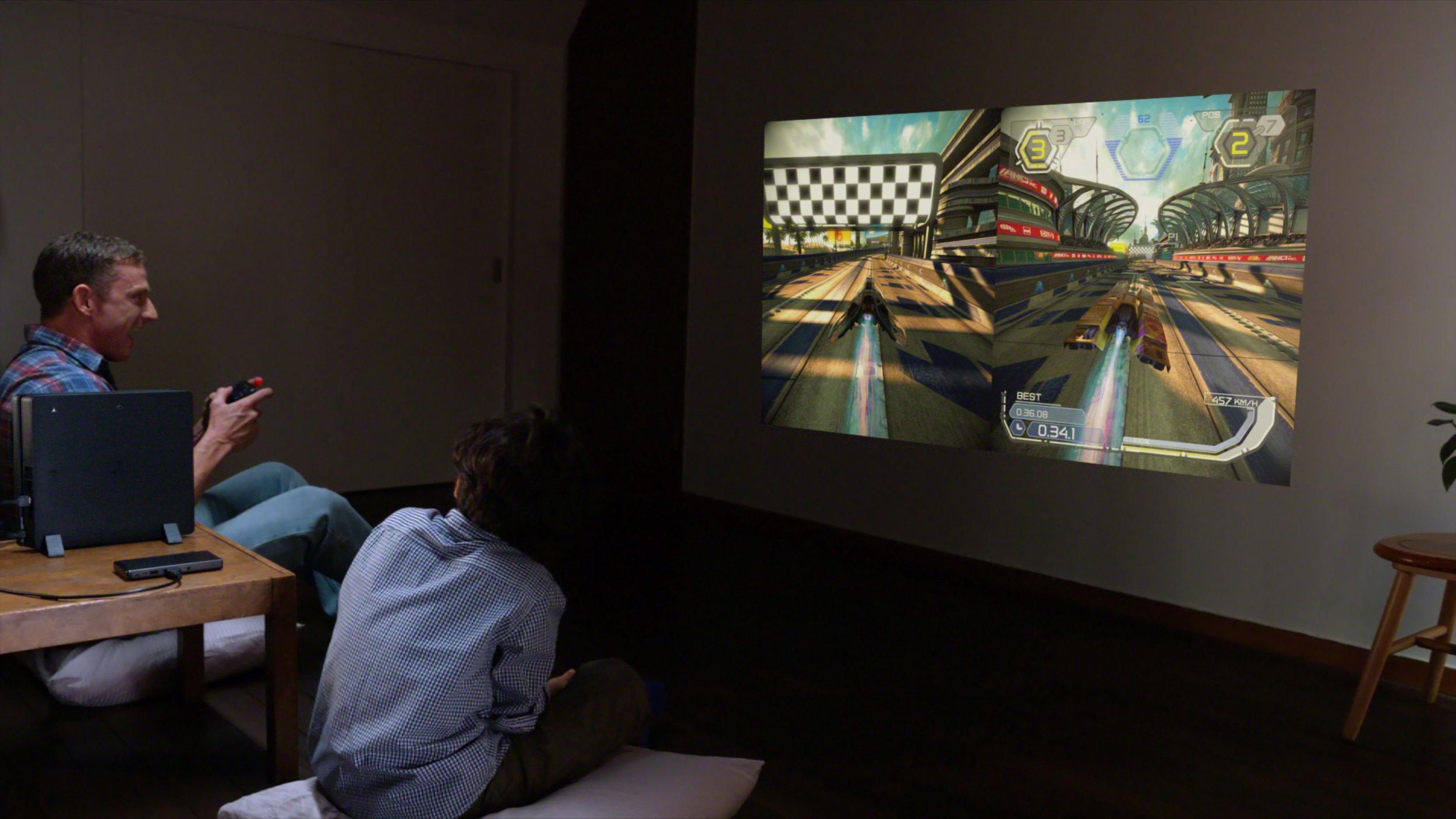
– small speaker and audio out for headphones – controls for fine tuning the contrast, hue and saturation – relatively high resolution compared to competitors

#Sony hd pico projector manual
– built in alignment tool provides manual color balancing. – laser engine provides a virtual resolution of 1920×720 For example, the smartphone has provided access to streaming video. But the development of wireless communications technologies has substantially expanded these plans. Initially, Sony positioned the MP-CL1 as a companion gadget for PS consoles for mobile gamers. In addition, it provided about 2 hours of playback without recharging. However, it was well suited for streaming content, for example, onto the ceiling in hotel room. Of course, this model is not suitable for home theater because of too modest specs, including resolution, color rendition, black depth, Lumen Output, etc. As a result, today the Sony pico-projectors lineup includes the Sony MP-CL1 (2015), MP-CL1A (2016) and MP-CD1 (2018), which for 2 years has consistently been included in the torus of the most popular pico models. In addition, the modern market offers smartphones with projector functions. But besides them, many new companies, including Rif6, LLC, Anker, Apeman International Co, etc also started developing pico projectors. The many well-known companies, including Miroir USA, LLC, Optoma, AAXA Technologies Inc., etc expanded the range of their traditional lamp projectors. As a result, the market began to be actively filled with offers of miniature projectors.

Of course, the leaders in the segment of household video equipment could not stay away. As known, in October 2006, an Israeli Explay company publicly demonstrated the first Explay Nano Projector.

LED projectors do not require a powerful fan and large internal volume for heat dissipation. In turn, a sharp decrease in heat dissipation significantly expanded the capabilities of engineers in terms of reducing the projector dimensions. In particular, companies began to actively develop models with LEDs and laser LEDs as a light source. The rapid development of semiconductors in recent decades has allowed engineers to use them as light sources for projectors.


 0 kommentar(er)
0 kommentar(er)
